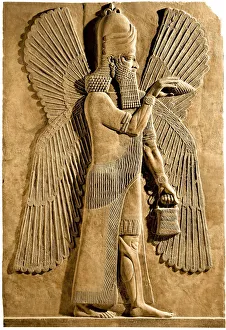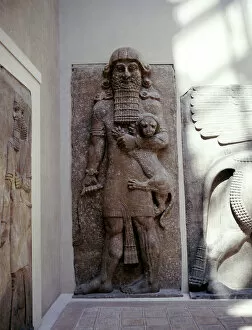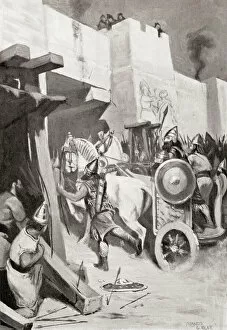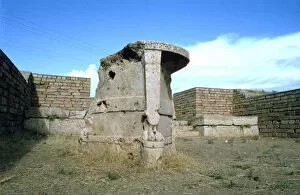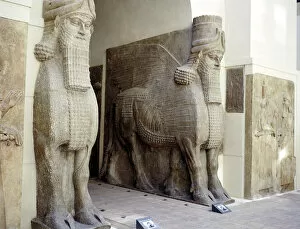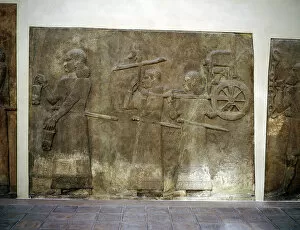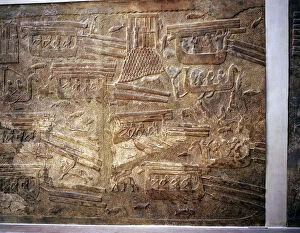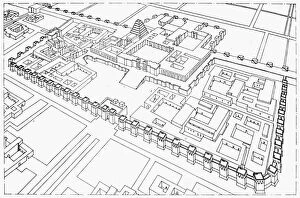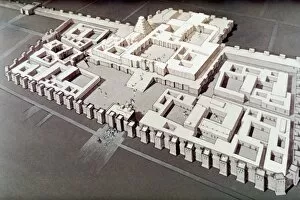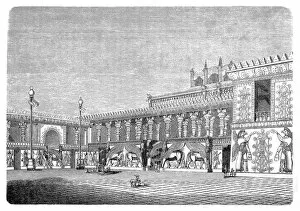Sargon Ii Collection
"Sargon II: The Mighty Assyrian King and his Glorious Reign" Step back in time to the 8th century BC, where the legendary Sargon II ruled over the mighty Assyrian Empire
All Professionally Made to Order for Quick Shipping
"Sargon II: The Mighty Assyrian King and his Glorious Reign" Step back in time to the 8th century BC, where the legendary Sargon II ruled over the mighty Assyrian Empire. This captivating relief from his palace reveals a mesmerizing Winged genie, showcasing the exquisite artistry of ancient Assyria. In another remarkable sculpture found at Khorsabad, we witness Gilgamesh, a hero of epic proportions, fearlessly holding a lion. This masterpiece exemplifies the strength and courage that defined Sargon II's reign. One cannot overlook Sargon II's military prowess as he captures Carchemish on the Upper Euphrates. A strategic conquest that solidified his power and expanded his empire's borders. The grandeur of Khorsabad Palace comes to life in this historical view from its southeast side. Marvel at its fortified walls which stood tall against any threat during Sargon II's rule. Proclaimed king of Assyria in 722 BC, Sargon II ascended to greatness amidst turbulent times. His leadership brought stability and prosperity to an empire facing numerous challenges. The fall of Samaria is etched into history as one of Sargon II's significant achievements. As depicted in biblical accounts, it marked a turning point for both Israelites and their powerful conqueror. A mural painting discovered within Dur-Sharrukin Palace offers us a glimpse into daily life during Sargon II's era—an enigmatic creation by an unknown artist that captivates with its vivid colors and intricate details. Sargons Palace at Khorsabad unveils its South-Eastern Gate through Alexander Francis Lydon’s artistic lens—a testament to architectural brilliance that adorned this magnificent royal residence. Visit the Temple of the Sibitti in modern-day Iraq; it stands as a reminder of religious devotion during Sargon II’s reign—a sanctuary where worshippers sought solace amidst tumultuous times.

